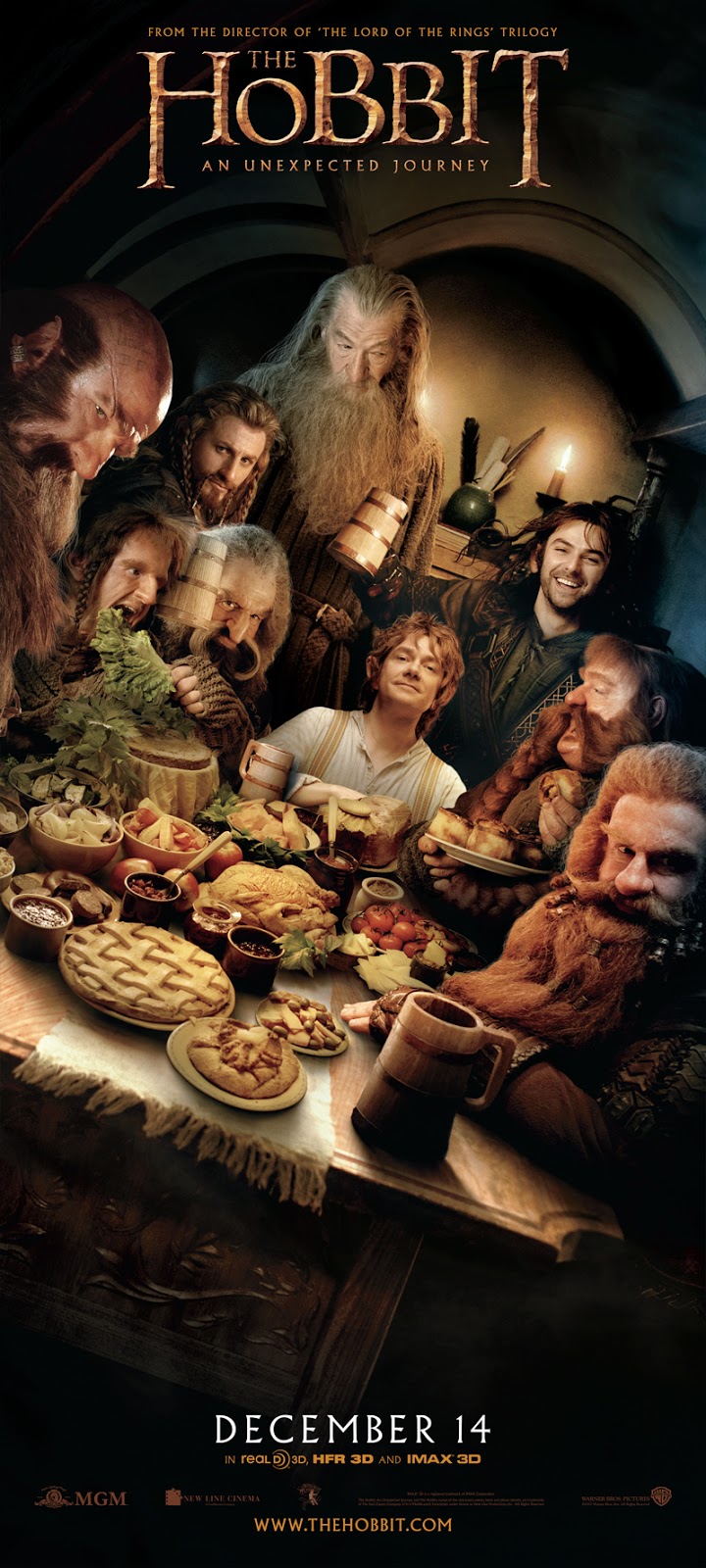 In Wellington’s Embassy Theatre, home to the World Premiere of The Hobbit: An Unexpected Journey on November 28, crews are preparing for the big day.
In Wellington’s Embassy Theatre, home to the World Premiere of The Hobbit: An Unexpected Journey on November 28, crews are preparing for the big day.
This week, the cinema’s main theatre has been closed for renovations, including the addition of a new curtain, new carpet, and especially, a new screen. The screen, of which there are only a few worldwide, is said to showcase 3D films better and more brightly. The new Dolby Atmos sound system has been installed, which required 36 news speakers–22 in the walls, 6 in the back, and 8 on the ceiling.
Also installed were three new projectors. They were so large that they had to be craned into the theatre. Two will be used for screening The Hobbit, and one is a backup in the event of a crisis at the world premiere.
And while there has been some fine-tuning done with the speakers and projectors, projectionist Chris Kutzner was assigned a strange job. He had the task of sitting in each of the 758 seats in the theatre, and giving them a bit of a wiggle to determine if any needed work before they support celebrity backsides. “It was quite exhausting,” Kutzner said, laughing.
Meanwhile, manufacturers of the High Frame Rate (HFR) projection equipment who were hoping for a faster roll-out of the technology are taking a hit to their bottom line. At the beginning of 2012, it was predicted that “tens of thousands” of screens would convert to the HFR technology by the time of The Hobbit‘s release, but Warner Bros. is instead treating the film as platform release. Rather than thousands of screens, it looks like only 400 screens in the US and 500 internationally will be able to show the film as it was shot. (For a comprehensive list, visit Where To See The Hobbit in 48 fps.)
Gary Johns of Sony Electronics admits disappointment, saying “We put the money into it. The opportunity for sales is diminished, though we think we will get there. I’m sure it will be back. We think HFRs is great thing.”
Dan Fellman of Warner Bros. is calling their methods “prudent.” “We want to make sure we do it properly and make sure the public sees it in its best form,” he said. “We are very committed to this. [High frame rates are] the most important change in exhibition, probably since the introduction of sound.”
As they work out the kinks, all eyes are on the premiere and early screenings of The Hobbit: An Unexpected Journey. While others, like James Cameron, Douglas Trumbull, and Disney, have expressed interest in HFR, all of that could change after audience feedback from The Hobbit.
“It’s a high profile fail, should you fail. Nobody wants that,” said Matt Cuson, senior director of cinema product marketing at Dolby.



One Comment